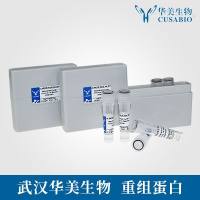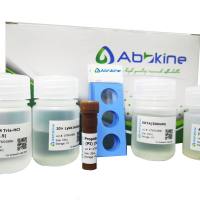Molecular Characterization of Yeast Strains by Mitochondrial DNA Restriction Analysis
The characterization of yeasts at the strain level is of relevance from an industrial point of view because numerous yeast strains belong to the natural flora of commercial fermented foods and beverages (bakery products, cheeses, cold meats, wines, and beers) and take part in fermentation processes. The addition of active dry yeasts is increasingly used to ensure the final quality of these products. In this sense, a fast and easy method is required for quality control of dry yeast production to ensure that the final product is identical to the original strain, and for control of the fermentation process to ensure that the latter really is conducted by the inoculated yeast. In addition, the importance of yeasts in the spoilage of foods is increasingly recognized (1 ). In consequence, accurate identification of these yeasts in the spoiled product as well as the detection of the origin of contamination are of great interest for food laboratories as an inevitable part of the control of the process and quality assurance. Between the techniques employed for yeast strain characterization, the mitochondrial DNA restriction analysis appears as one of the most sensitive method to differentiate among strains (2 ). This technique has been used successfully for strain differentiation (3 –5 ). However, mitochondrial DNA purification is too complex and time-consuming to be used in industrial applications.
![预览]()






